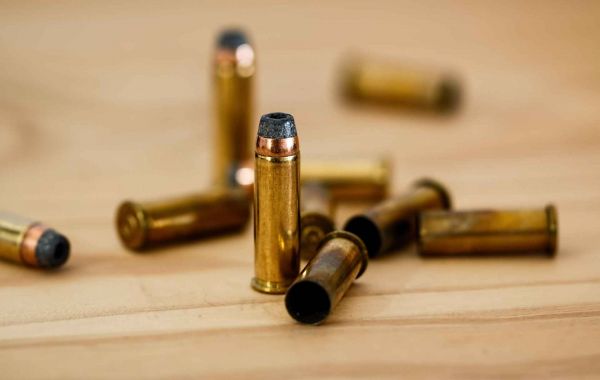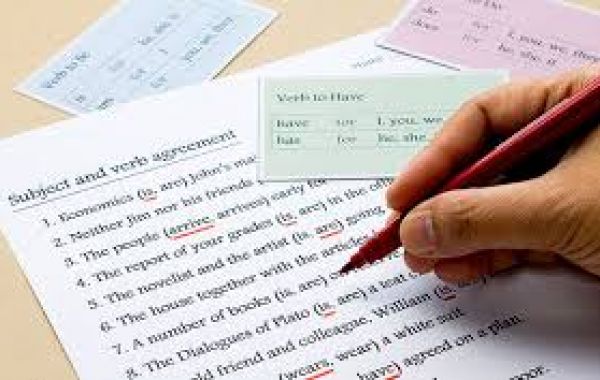Many of today's most time-honored meat-getters in Mississippi are military surplus rifles. There have been mountains of racks taken by Magnolia state marksman with old British Enfields, German Mausers, and Russian Mosins, to name a few.
However, with these old warriors, proper ammunition selection is key to harvesting a whitetail successfully.
Surplus Ammunition for Surplus Rifles
So you have a beloved old military rifle-great! It was designed to consume full metal jacketed, corrosively primed ammunition and burb out hot lead in a hostile battlefield environment. Manufactured and stockpiled for the next Great War, these rounds are available for the cheap as military surplus.
All individual has to do is pick up a Shotgun News or JG catalog, and you can find cases (not boxes) of Comm-bloc 7.62x54R for $80 still in the spam can get along with any other popular former military ammo you can think of.
It is cheap, it is plentiful, and if you are expecting zombie hordes or want a 9-pound plinker rifle, then buy it, then shoot it. Stockpile it like the dictator of a third-world country waiting for a revolution.
But don't take it in the woods
This stuff will over-penetrate unless you hit hard bone. It was designed to travel out to a kilometer semi-accurately and provide indirect suppressive fire twice as far. It was meant for firing into sandbags and timbers used in front of defensive positions and still have enough energy to keep a steel-helmeted foot soldier pinned down.
These rounds are hard and will zip right through a soft-bodied animal like a white-tailed deer. Yes, it will create a wound cavity and more than likely take the animal down, but only after they have run a quarter-mile away and hidden in the brush.
Also, old military ammunition, especially from third-world countries, is notoriously funny about making ragged groups. Over time these rounds will start to deteriorate, primers and propellants can age and decay, making one handful of rounds fire this way, the next handful to fire that way, and so forth.
Use of these old Ammos can also create large amounts of pitting and rust in your rifle if not cleaned immediately after shooting due to the corrosive military primers and powders they are made with.
Bottom line: military surplus ammo is good for zombies and paper, bad for deer.
New commercial loads
Browsing their websites, Remington, Hornady, Federal, and Winchester manufacture new soft pointed ammunition for classic surplus rifles. They almost all have their offerings for 30-caliber carbine, .303 British, .30-40 Krag, 6.5x55mm Swedish, 7.62x39mm, 7.62x54R, 8mm German Mauser, and of course the all-time favorites 30.06 and 7.62 NATO.
Not only are these offered in plain soft points, but the manufacturers are also using thoroughly modern bullets such as Core Lokt, InterLock, Super Shock Tipped, and PowerPoint types of loads. It is comforting that US-based companies are finally taking these rounds seriously and making them available to the thousands of sportspeople who use surplus rifles.
For those oddball European calibers like 8x57 Austrian and others, Czech manufacturer Sellier and Bellot offers many hunting loads for these rounds too.
They offer no less than three different loadings for the 8x57JS, including a 220-grain Sierra Gameking Spitzer Boat Tail.
All without having to worry about the wartime quality control issues, vast over-penetration, and corrosiveness of surplus ammo. Of course, some of these rounds can cost upwards of $50 per box of 20, but it is not as if you will stockpile five cases of these to turn back an invasion.
Sighting concerns
Your hard-hitting bruiser of a military surplus rifle was designed to reach out across no man's land and zap a barbaric aggressor at ranges up to and exceeding a thousand meters. If you keep it 1939-vintage and use the as issued iron sights, be sure you check their accuracy every 100 yards out to 500 to be sure you can hit what you are aiming at.
Remember that the sights on most European rifles are graduated in meters, and each meter equals roughly 3.281-feet. Keep that little number in mind when making a ballistics chart for your loads. Older weapons can be even funkier.
There are some oddball Russian Mosin rifles out there that have their rear sights set up for arshins. An arshin was a funny little unit of measure used in Russia under the Tsars that was discontinued in 1924.
In short, even though your rifle may have been made a hundred years ago and may be used in a couple of world wars, it doesn't mean it can't be upgraded with a little modern ammo and serve for another hundred.







